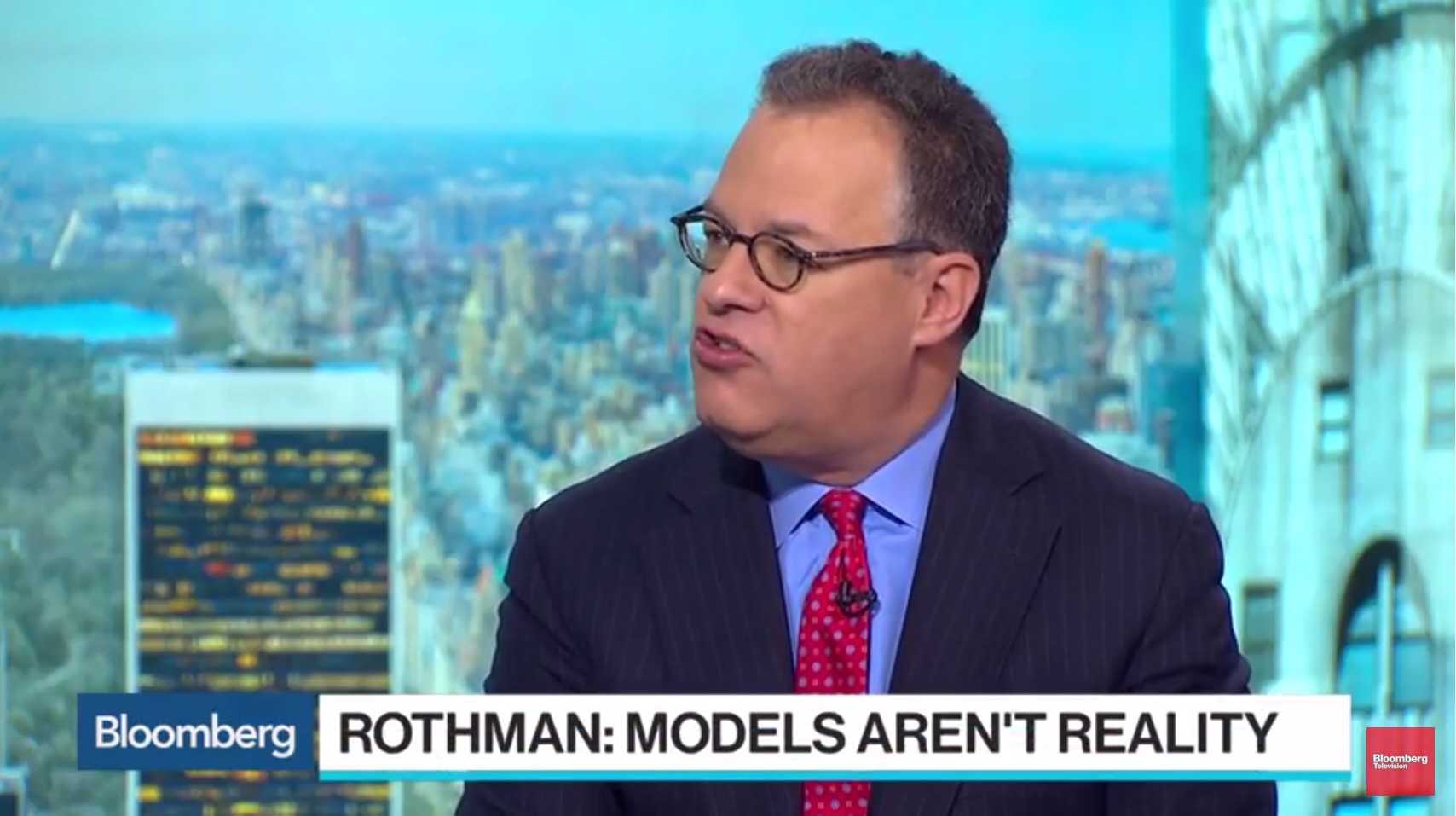by Glen Dial, Allianz Global Investors
Fortunate is the financial advisor bullish on US stocks in recent years. But more fortunate will be those who prepare clients for the inevitable market downturn. This is one of most important things an advisor can do says Glenn Dial, and now is the time.
When the bull market ends
A curious combination of high valuations and low volatility is a signal that investors have become too complacent
It's been a spectacular summer so far for stocks. In July, the S&P 500 Index and Dow hit new highs in a bull market still going strong eight years on, the second longest bull market on record. Retirement investors with an overweight to US stocks in recent years have been richly rewarded. But whether this performance can continue through the rest of the summer and beyond is anyone's guess. The only thing certain is that every bull market eventually ends, and the sooner financial advisors prepare for this inevitability, the better.
At this stage in the bull market, valuations rising to all-time highs are just one part of the story. Another part is that volatility, as measured by the CBOE Volatility Index (VIX), also known as the "fear index," has fallen to near all-time lows. This curious combination of high valuations and low volatility is a sign that investors have perhaps become too complacent. Sudden reversals in both have a tendency to catch investors by surprise, and too often without a plan for action. This is particularly true for 401(k) investors that have been defaulted into a Target Date Fund (QDIA investors), many of whom don't actively monitor their investments or market exposures.
To see how shocking a reversal could be for retirement investors, think back to 2007 when rumblings in the US
In the last bear market during 2007-2009, the S&P 500 Index plummeted 56% from peak to trough
mortgage market transformed into a full-blown global financial crisis and the S&P 500 Index went on to fall 56% from peak to trough. This precipitous drop was particularly difficult on investors nearing retirement as 401(k) account balances plummeted. The result was soon-to-be retirees with a much more uncertain future than they envisioned a mere few months ago. And if that wasn't bad enough, many prospective retirees couldn't retire at the designated date after all.
Preparing your practice
Before you set about preparing your clients for the inevitable market downturn, good form requires that you first prepare your practice. Begin by reviewing your book of business to see who's overexposed to overvalued areas of the market. The strong run-up in stock prices during this eight-year run have skewed allocations towards equities, either because rebalancing hasn't been disciplined enough, or the portfolio purposely set out to participate more fully in market gains. Either way, these clients could be much more exposed to risk than they realize.It's here where the investment policy statement (IPS) comes into play as a guide to allocations, time horizons and risk levels. But just as important, the IPS should also serve as a guide in a market downturn, stating
An IPS should serve as a guide in a market downturn, stating what asset classes, allocation ranges and risk profiles are acceptable
what asset classes, allocation ranges and risk profiles are acceptable. The IPS should also set the stage for a portfolio stress test through various market scenarios—what would a 20, 30 or even 50% decline in the S&P 500 mean for the portfolio? The answers could come as a shock, but it's better to talk about it now than after stocks begin a long fall from their peak.
In times of severe market stress
In times of sudden and severe market stress, unprepared retirement investors often make poor, costly investment decisions at the worst possible times, usually near a market bottom. Not only do they lock in losses, but many also miss out on the recovery and rally that has followed every bear market.It's important to keep in mind that while the S&P 500 Index plummeted 56% during the 2007-2009 bear market, the index went on to gain over 250% and counting in the subsequent bull market, 2009—present. The key here is to prioritize an investment strategy that keeps investors in the markets by limiting the impacts of down markets.
Striking a cautious note for the future is to take nothing away from the present, where many retirement investors are still experiencing strong market gains. But proactively communicating about the next bear market right now engages concerns upfront, sets expectations, and provides a definitive plan of action going forward. This leads to less anxious and more confident clients when the rest of the market is panicking on the way to the exits. And ultimately, it leads to a more solid and dedicated book of business that will be there for you when the next bull market begins.
Copyright © Allianz Global Investors
















